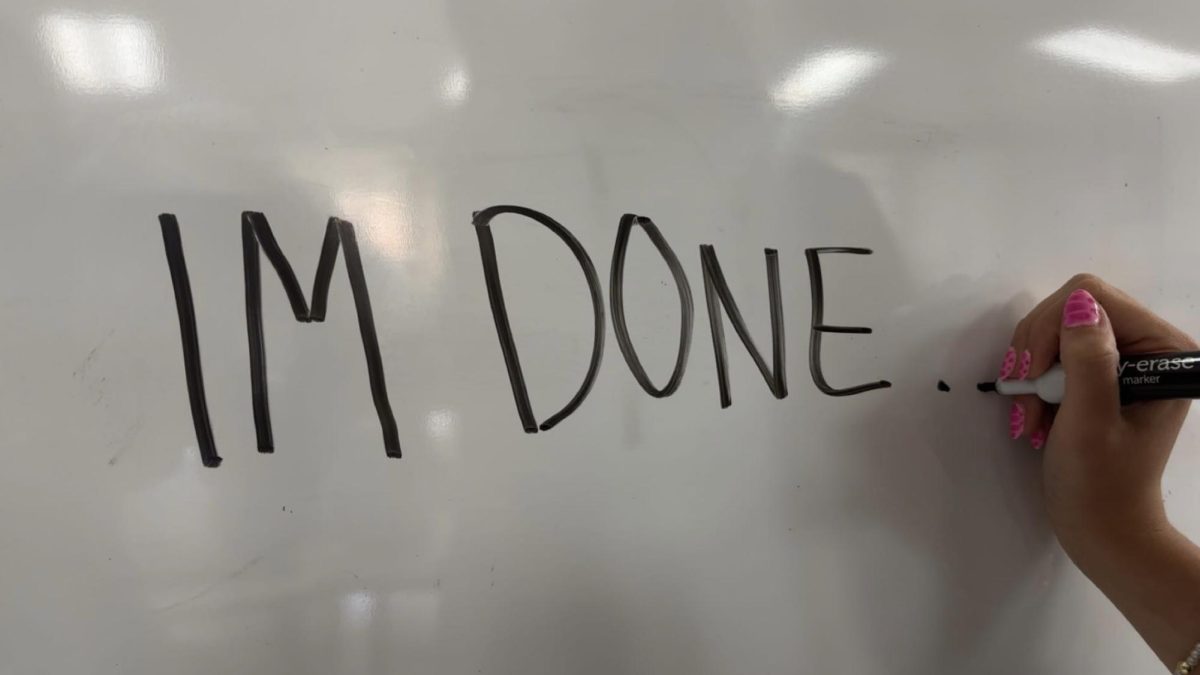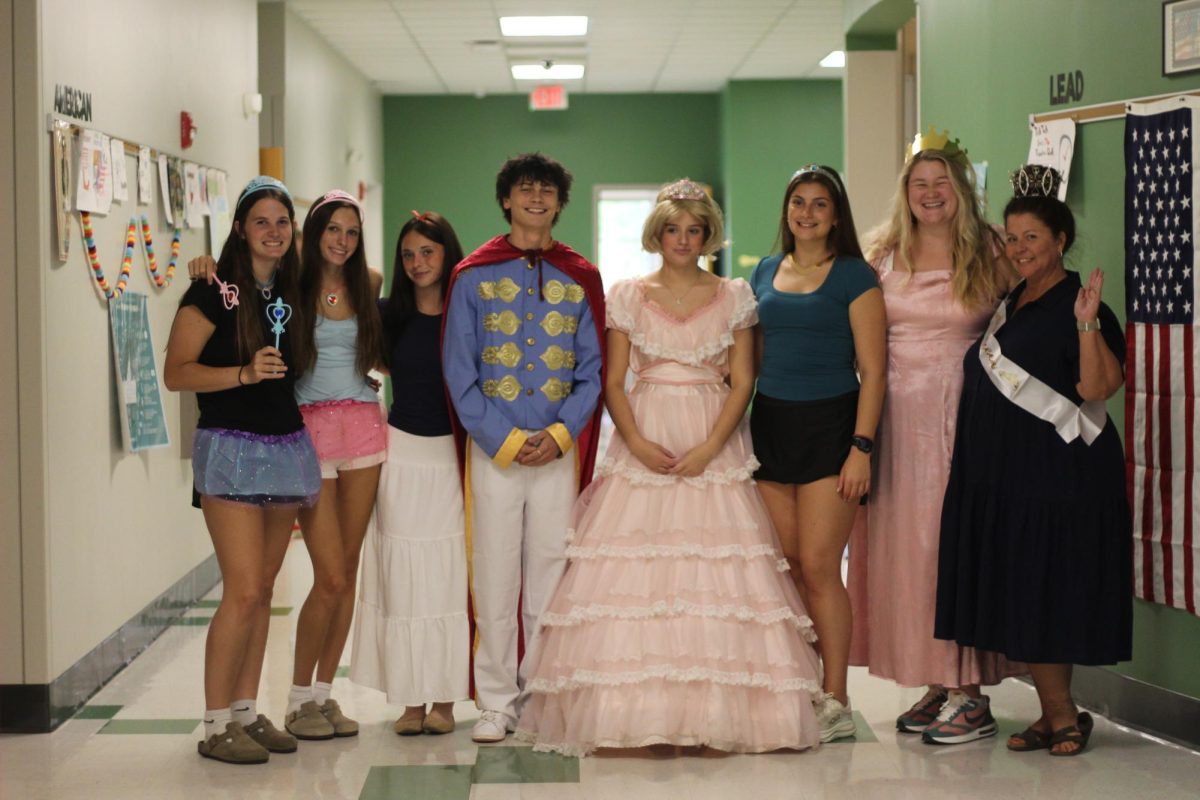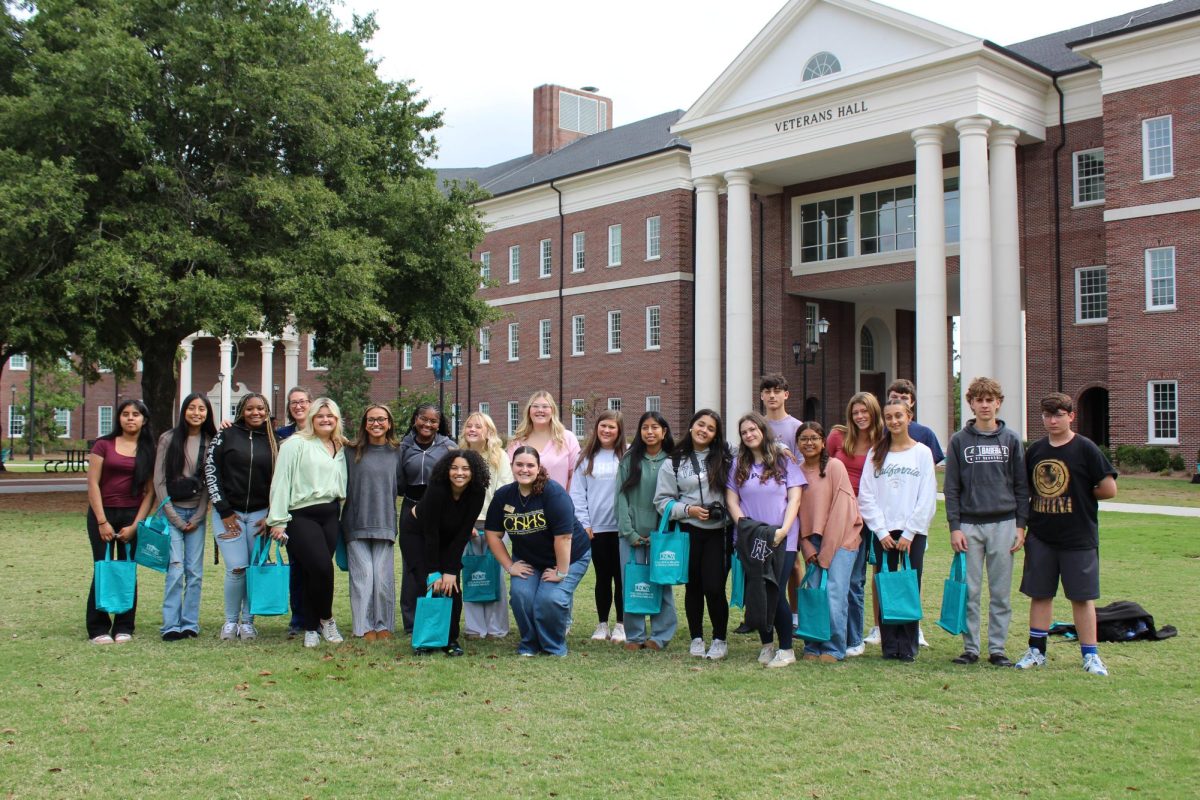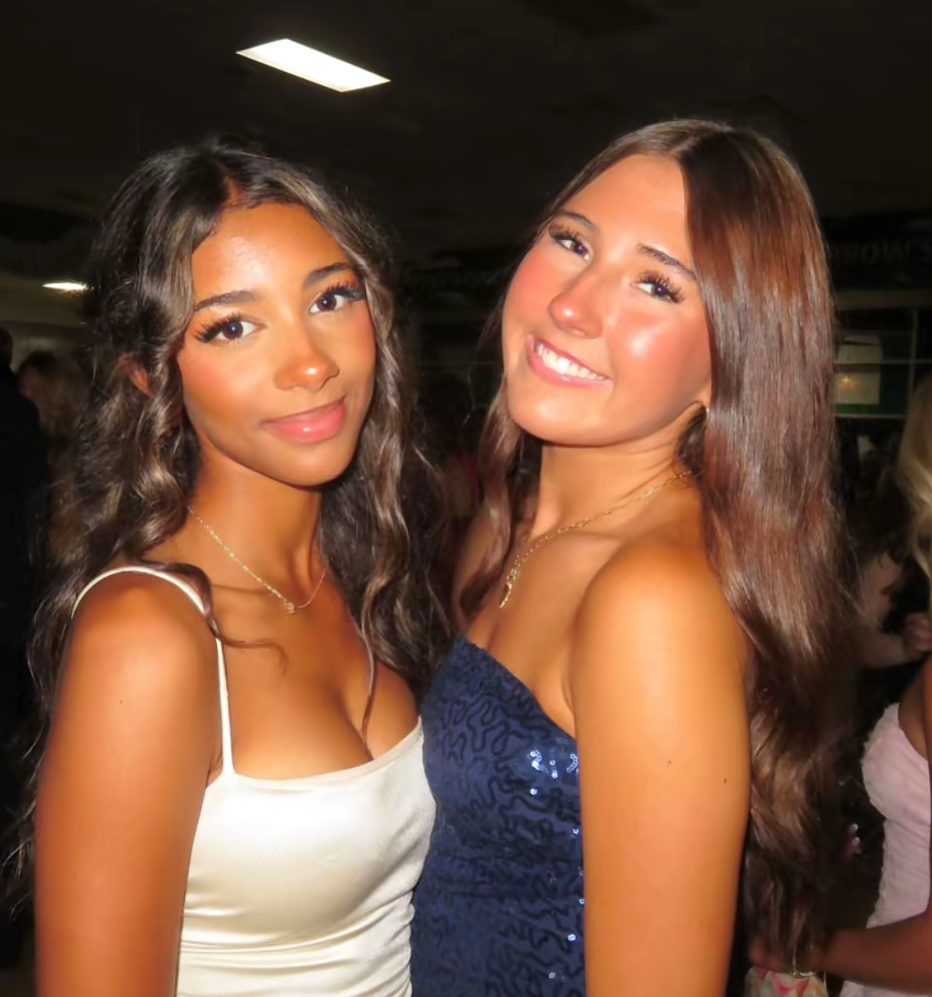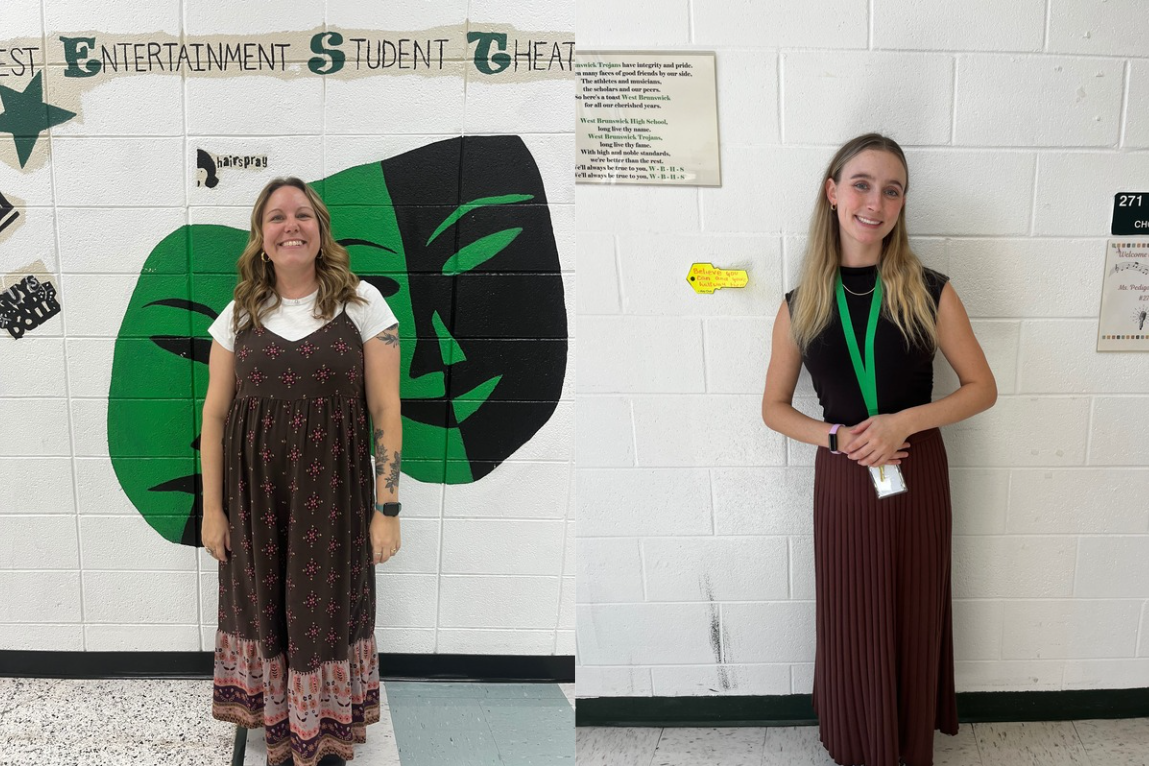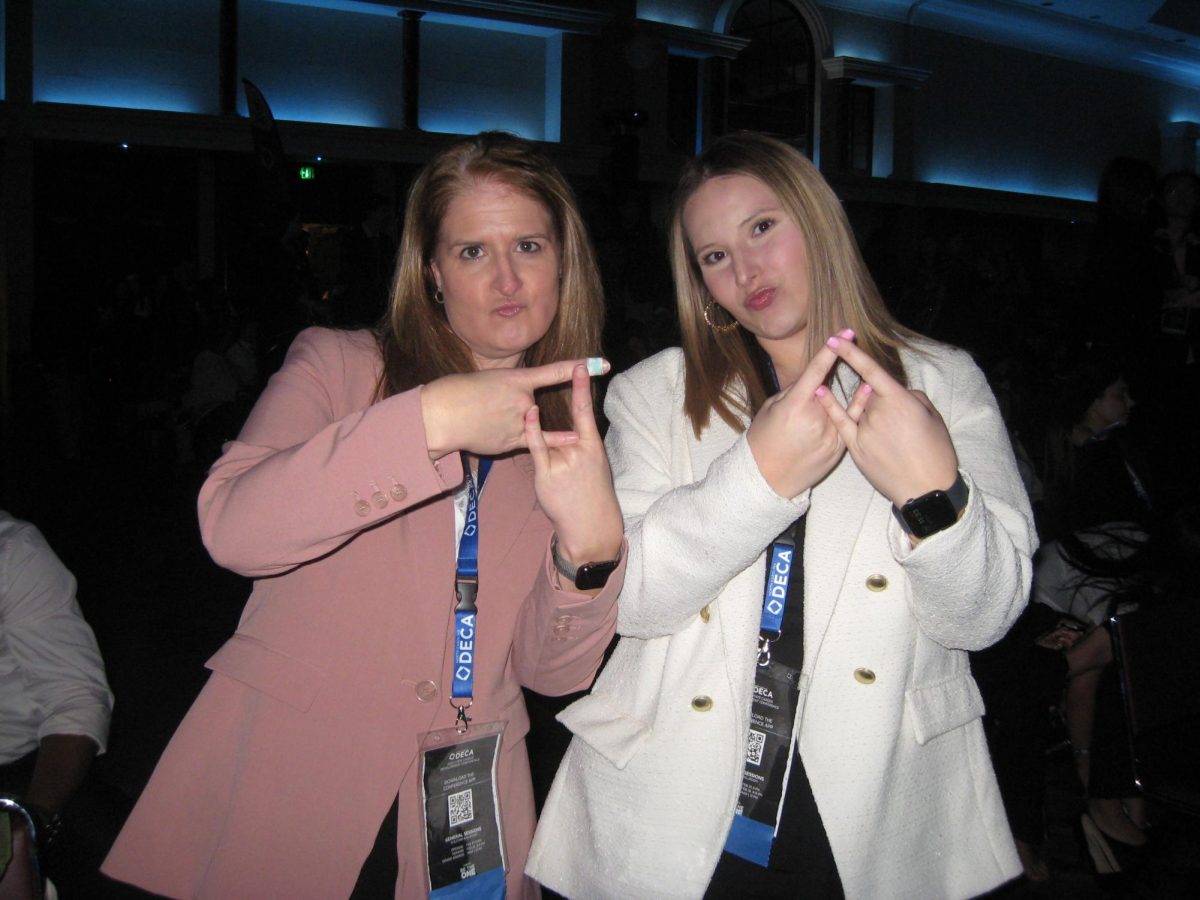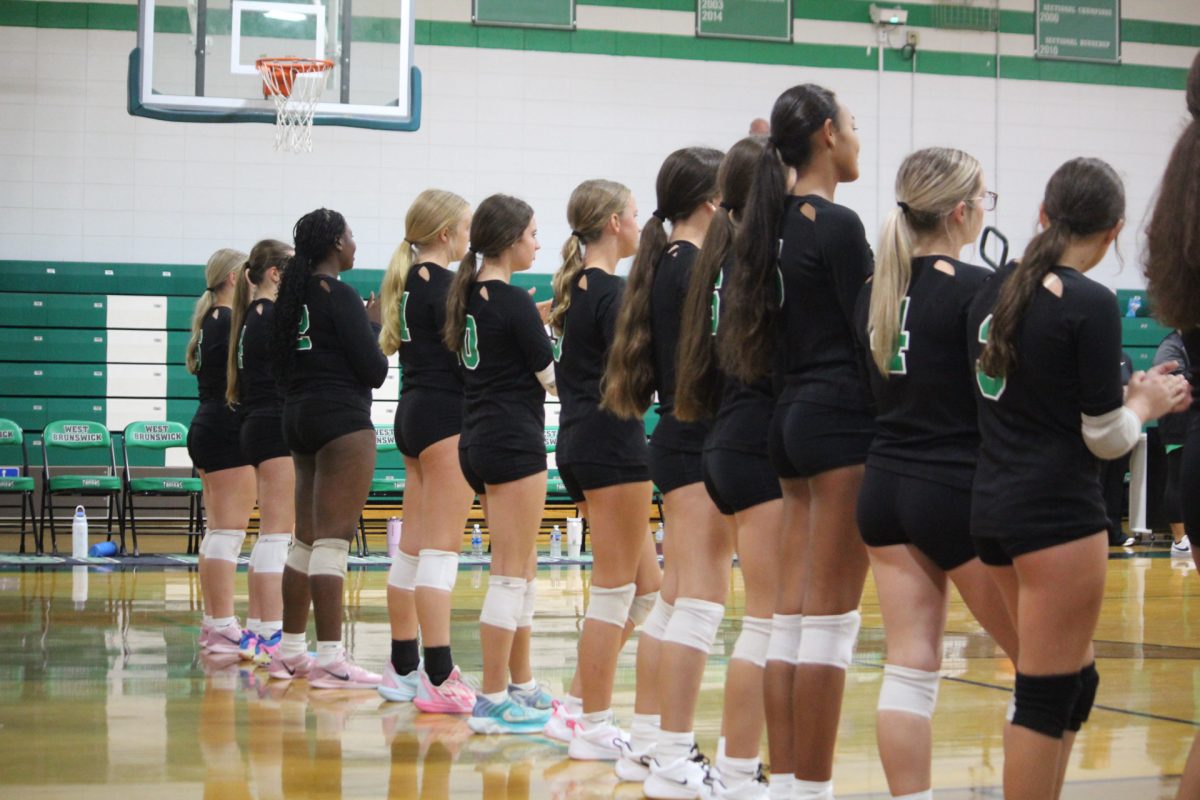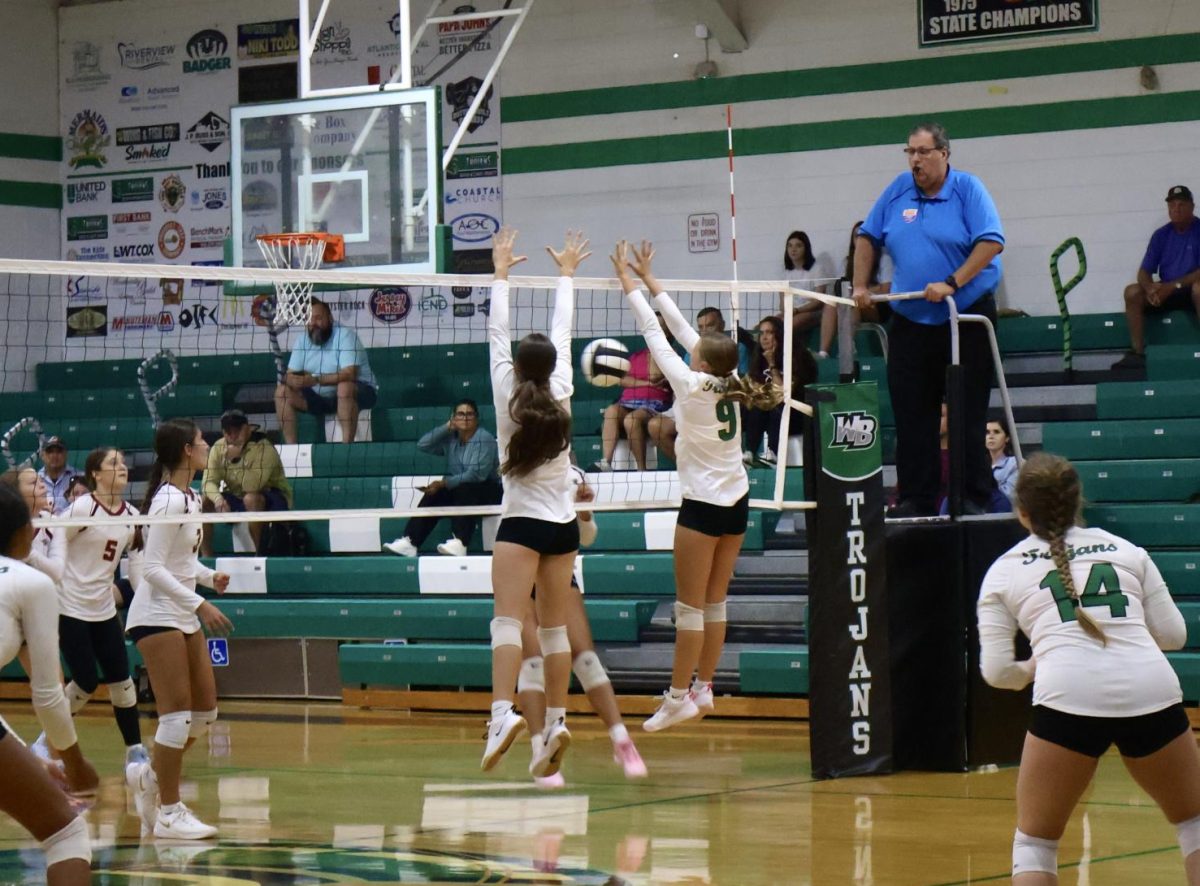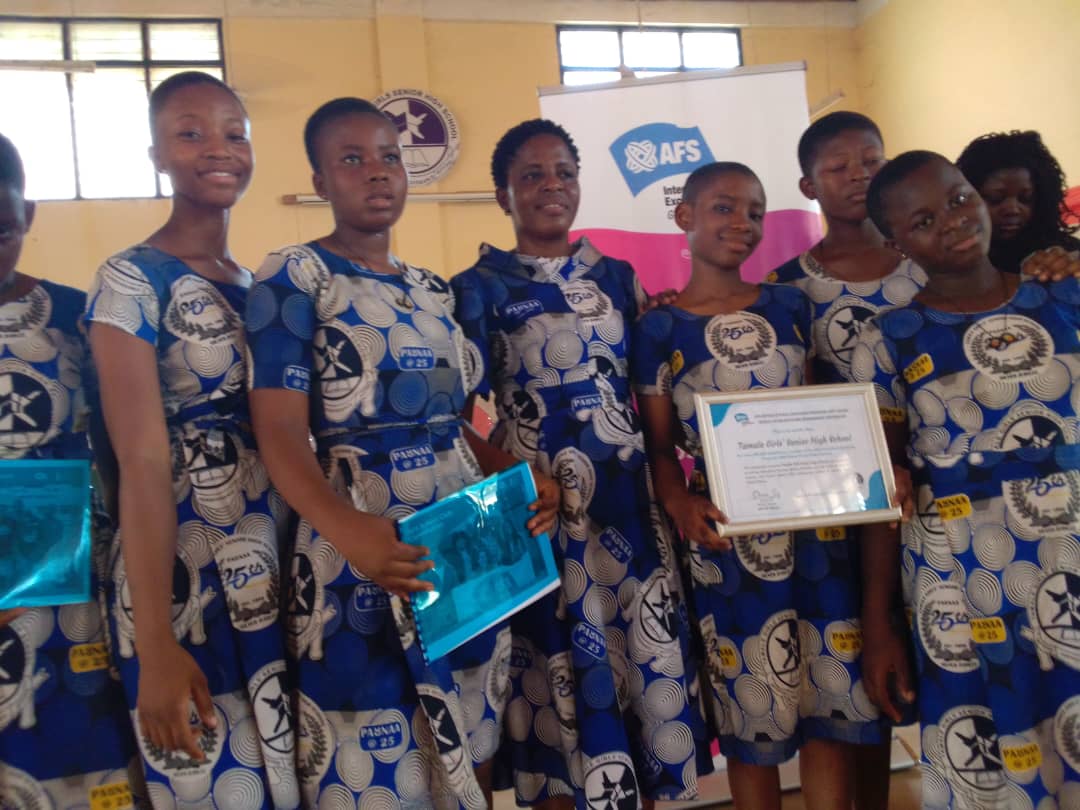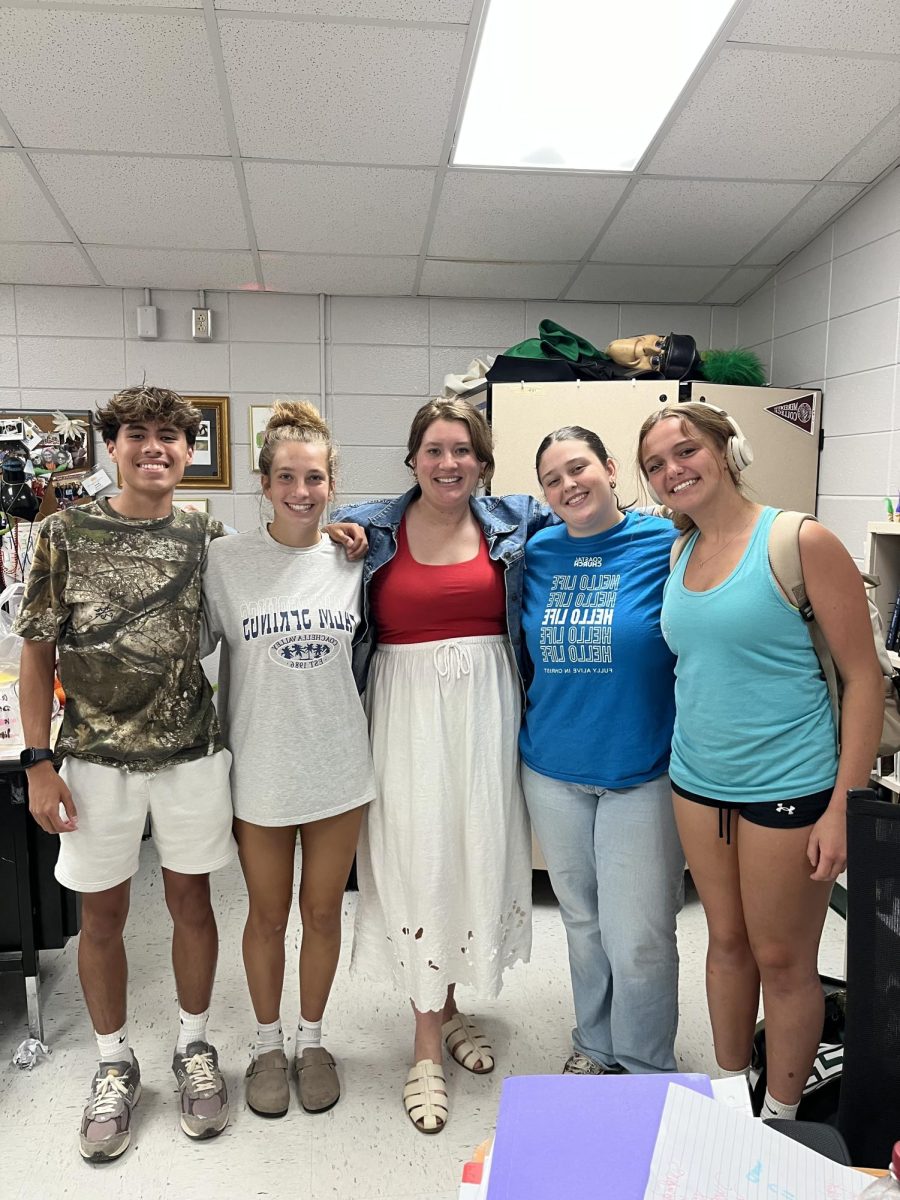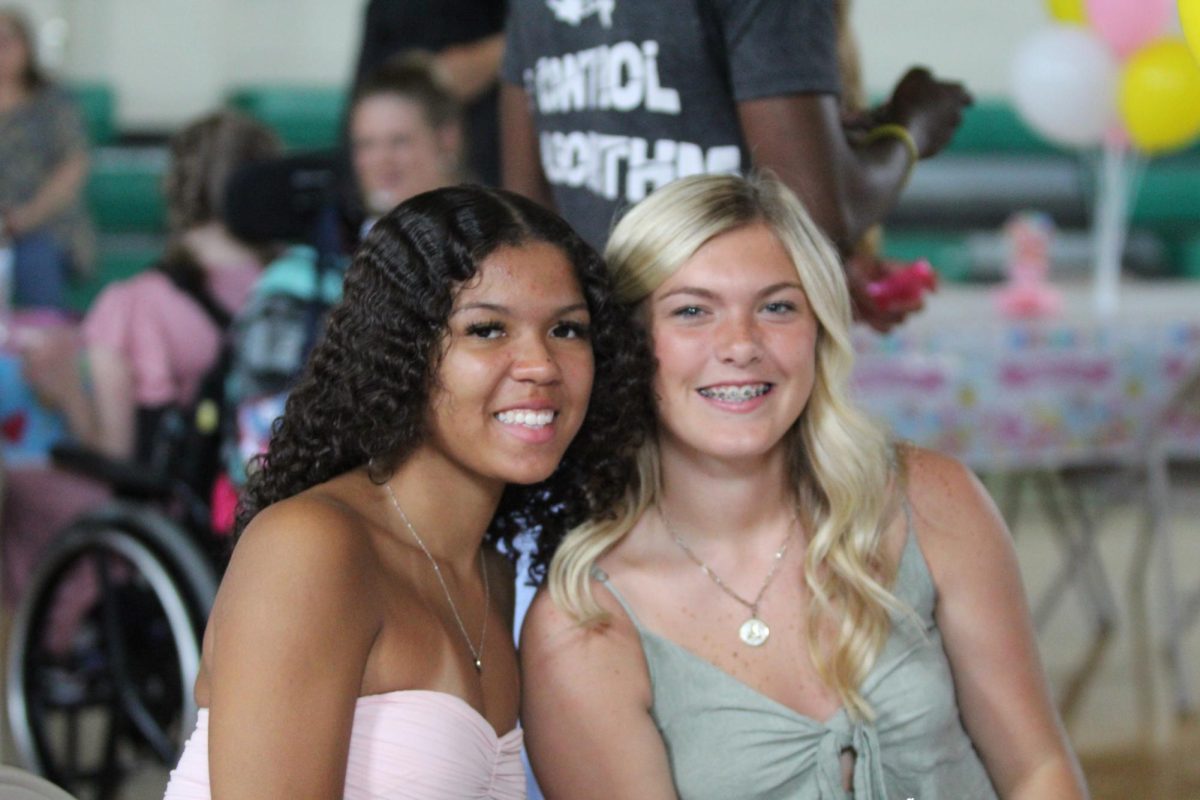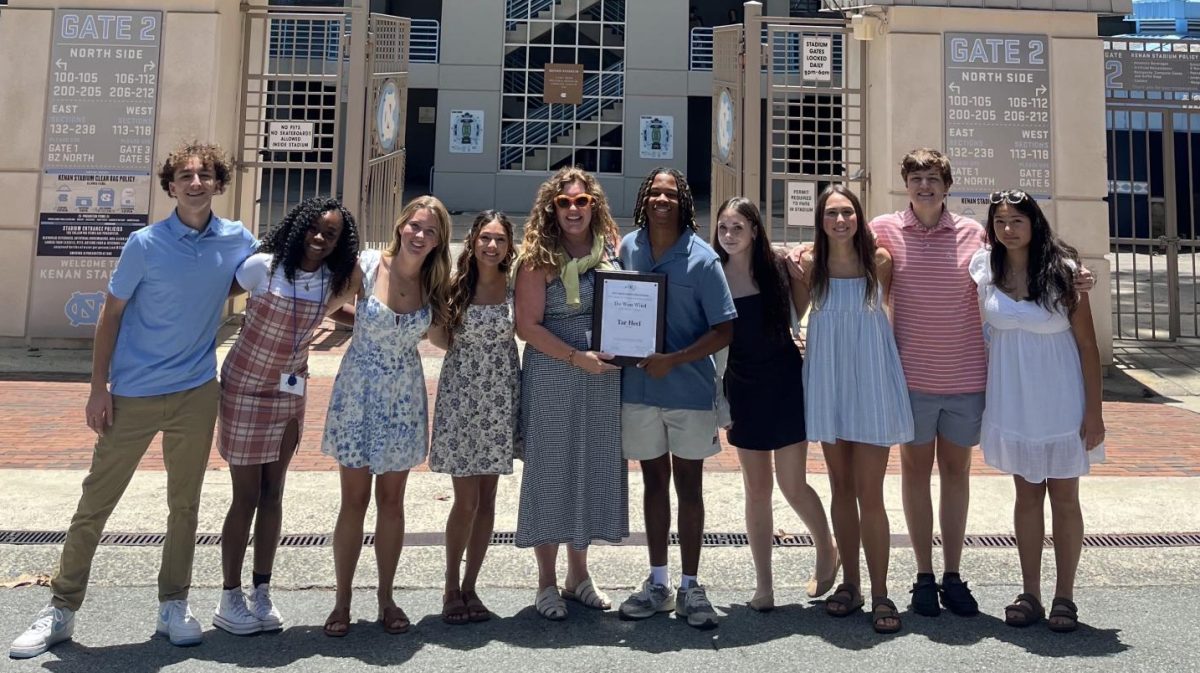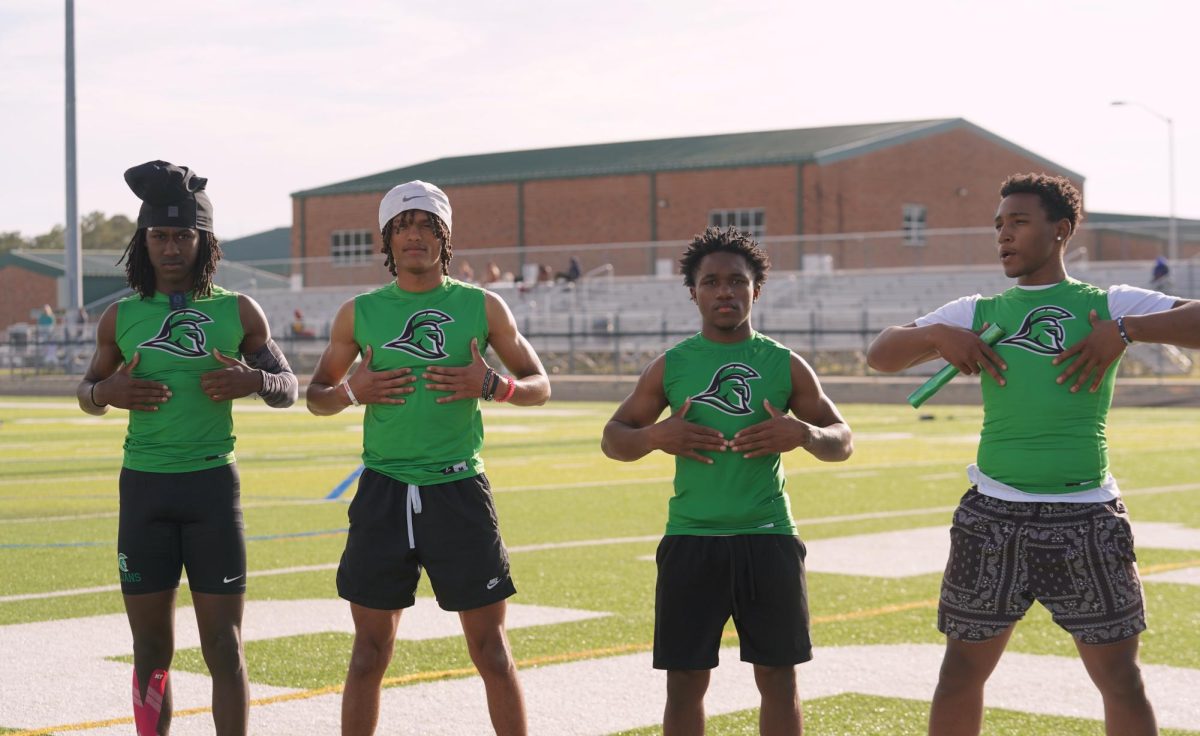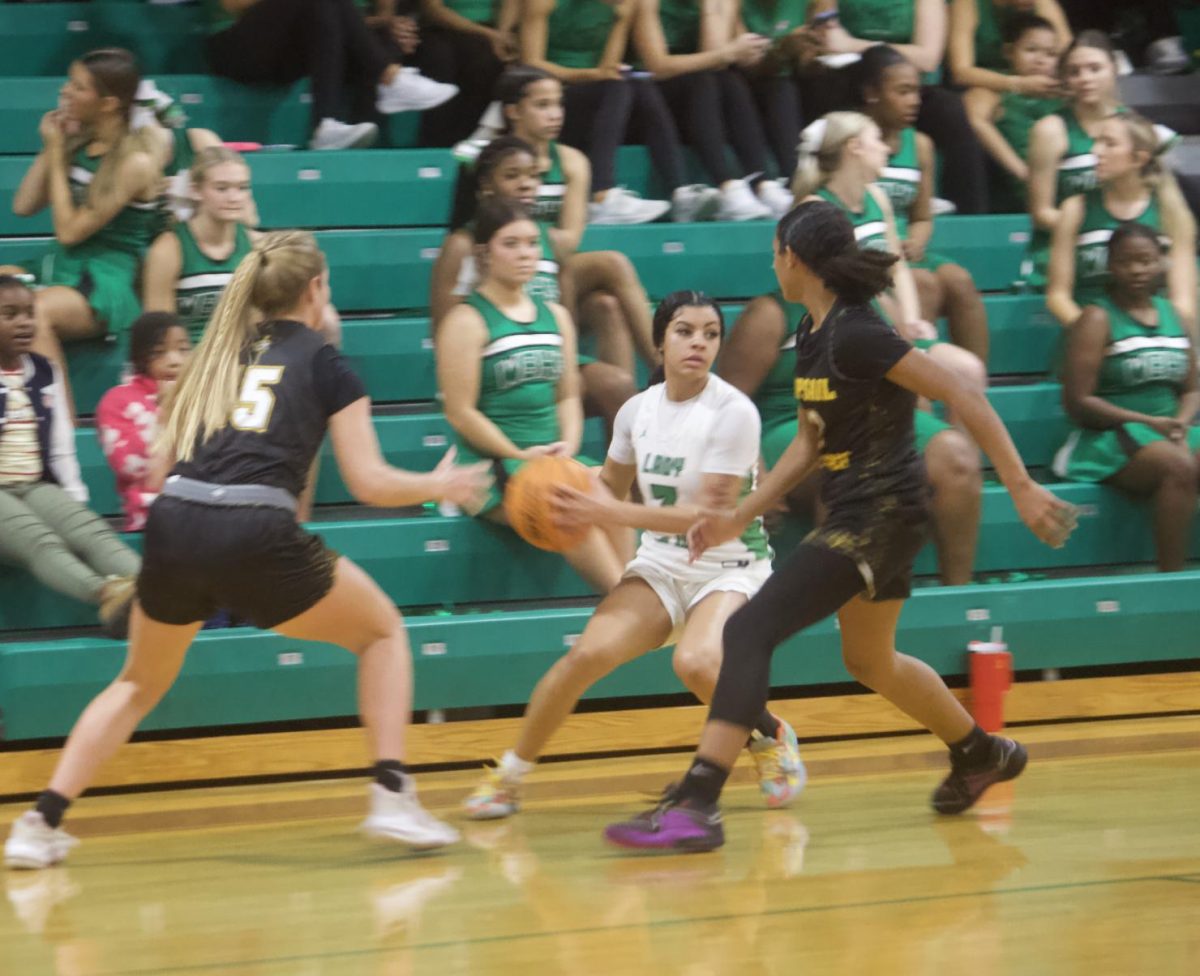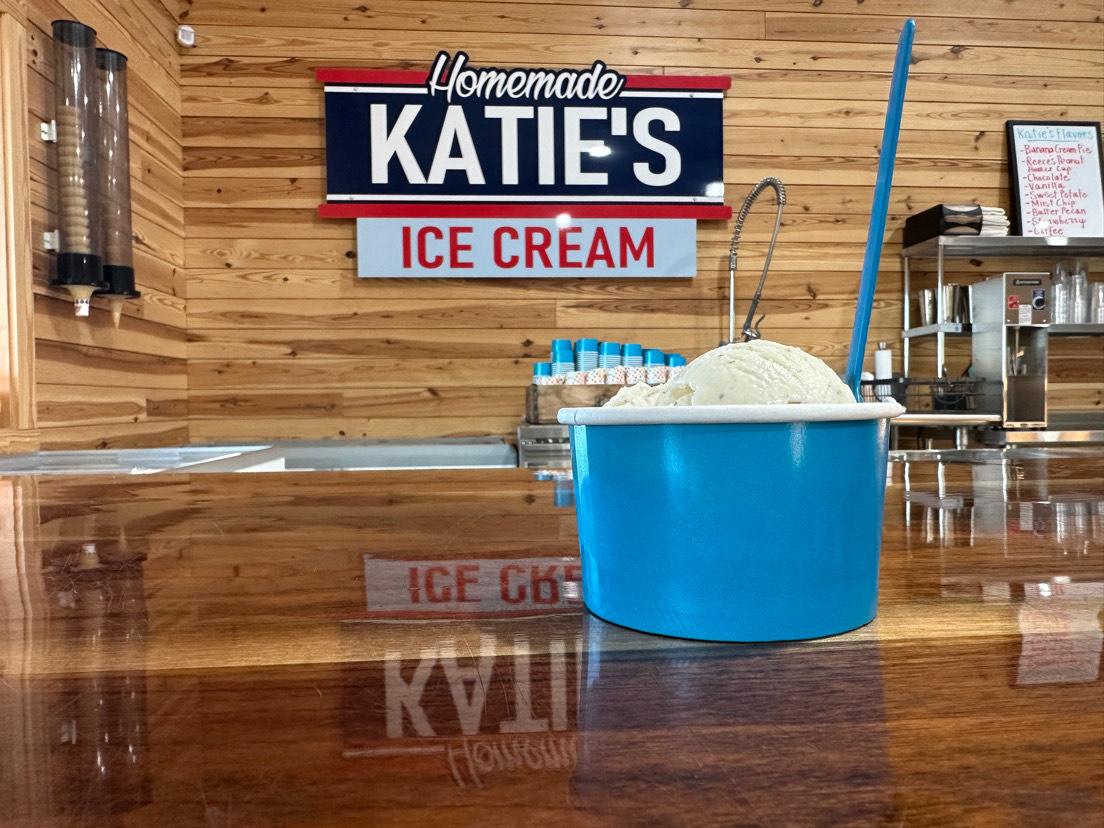Videos of controversial podcast chats between babies and cats getting into martial arts battles with the elderly are crawling into social media feeds– how do we escape this?
In short, we can’t. While these examples are on the extremely eccentric side of AI-generated content, artificial intelligence is developing quickly and it’s sometimes unrecognizable. Businesses have begun to use it in commercials, artists are exchanging hours of hard work with a quick online command, and even students are sacrificing their literacy to avoid the boredom of essay writing.
“I hate that students even feel the need to resort to AI generators for one of my assignments,” said English teacher Alicia Dehaan. “It’s not like what I’m asking is beyond their capacity or capability. I mean, I would rather take something a week late than try and read something that I knew was entirely fake.”
While the answers for classwork in any subject can be provided with a quick picture, it seems the subjects of English and writing are taking the hardest hit. With the option to generate an entire assignment in the matter of seconds, the idea of handwriting (or typing) one has lost its appeal; students would rather take the shortcut. However, this lack of accountability and hard work clashes with a major issue in our nation: a literacy crisis. According to the NAEP, a trusted source for student performance analysis, average reading scores have declined two points in the last two years for students in the 4th and 8th grade. With students so early in their academic careers struggling, the future for reading and writing is only getting darker.
“At first, I only really worried about AI when it came to my students,” said marketing teacher Stephanie Page. “I can immediately tell when something is just copy-and-pasted in. The answer will be completely different from anything we’ve talked about in class. Sometimes, it doesn’t even make sense. But the more and more I see videos and pictures online that are fake, the more disappointed I get. It’s like, ‘How are people even making these things? How do people look at something like this and think it’s real?’”
As unserious as the concept of social media has become, it’s known that content creation is a beautiful and quite popular outlet for creativity. Classic paintings, live music and design have taken a step down and made room for a new style of artistic expression since the introduction of the internet. Through this transition, however, artsy people have adapted. By utilizing online sites and pages, artists, musicians, small business owners and the average hobbyist can boost their platforms and show off their work. Expecting them to be able to compete with robots, on the other hand, is ridiculous. The imperfect yet beautiful style of man has been forgotten. While content consumers are captivated by a seemingly perfect yet phony photo or video, the human influencers and creators are overshadowed.
“I mean, look all over my room,” said art teacher Kenya Antiaye-Addy. “It’s full of all of these paintings and drawings done by all of these talented students I’ve had. I’ve watched kids put hours of work into them. As an artist myself, it’s just kind of sad to see that people are taking shortcuts and posting whatever they want just to get some credit or something.”
It’s needless to say that some of our most convenient tools and systems are all thanks to modern technology. Banks use AI in fraud detection systems. Advertisements and pop-ups are tailored to our interests with the use of pattern recognition and data assessments. In the healthcare industry, it can be even used to analyze patient records and provide likely diagnoses. While these benefits shouldn’t go without recognition, it’s important to acknowledge the loss of passion being imposed right under our noses. There’s a line when it comes to areas that can be perfected with the use of artificial intelligence and those requiring the “human touch” that we’ve always known.




